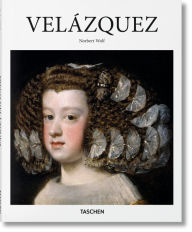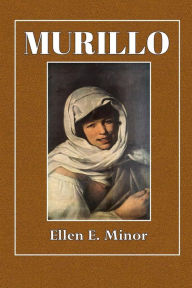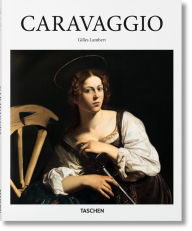Art in NYC: Zurbaran’s Jacob and His Twelve Sons at The Frick Collection
Zurbaran’s remarkable series on loan from Auckland Castle, England is on view until April 22, 2018
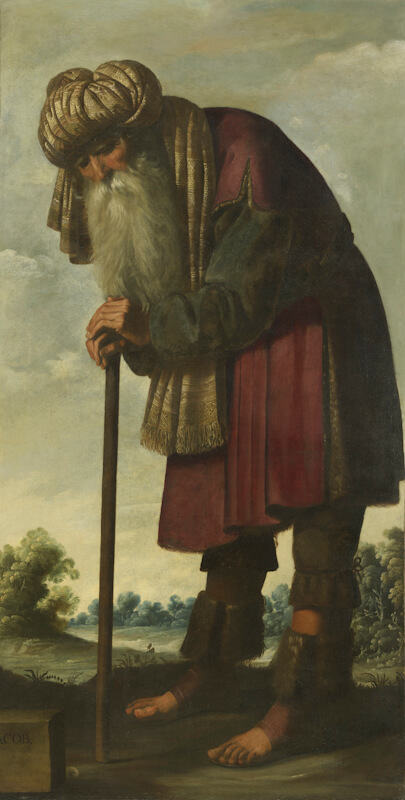
The Frick Collection, located in the heart of Manhattan, is presenting Francisco de Zurbaran’s incredible series of portraits of Jacob and his twelve sons from his two wives, Leah and Rachel, and two concubines, Bilhah and Zilpah, as is found in the Book of Genesis. While the depiction of these characters in the form of the life-size portraits is unusual for the time, Zurbaran followed very closely the prophecies and verses for the Old Testament to make each portrait easily recognizable by the details of the garments, or the attributes of trade, or background landscapes. The history of the portraits, which were created between 1641 and 1658, is also full of missing pages and lost provenance with the first record of it appearing only in 1722. In 1756 Richard Trevor, Bishop of Durham had acquired the series but the one portrait of Benjamin. The series was installed in the Long Dining Room at Auckland Palace in Durham, England as a political statement of religious tolerance and support of the Jewish Naturalization Act of 1753. The portrait of Benjamin hangs in Grimsthorpe Castle, Lincolnshire. Bishop Richard Trevor ordered a copy of the portrait of Benjamin done for his collection. It is remarkable that American public can see the series in full and appreciate Zurbaran’s original intentions.
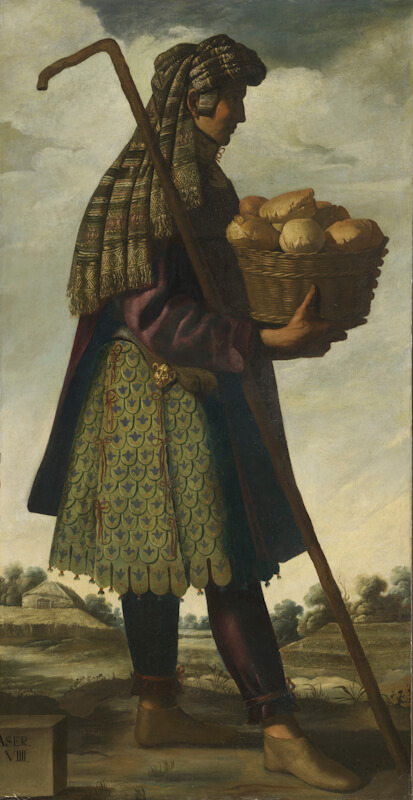
Francisco de Zurbaran was a primarily self-taught Spanish painter from Seville in the first half of the 17th century. He was known for his paintings of the religious scenes of saints and martyrs masterfully using the chiaroscuro technique which earned him a nickname of Spanish Caravaggio. Seville, being situated on the main route of highly prodigious trade with the Spanish New World, was a center of economic and artistic life at the time. Zurbaran was working alongside such titans of Spanish renaissance as Velazquez and Murillo.
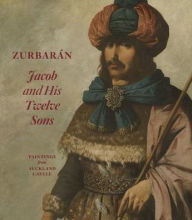
Influenced by the winds of trade with the New World, the series of life-sized portraits of Jacob and his twelve sons was thought to be commissioned for a patron or a monastery in Latin America. At the time, it was believed that the people of the New World were descendants of the lost Tribes of Israel. This could explain the undertaking by Zurbaran and his workshop to produce 13 life-size portraits complete with opulent garments, detailed attributes and background landscapes taking the verses and prophecies of Jacob from the Genesis. It is believed that Zurbaran used the Northern European prints as an inspiration for the poses of the figures, while he painted the faces from life. The series “constitute a terrific feat of Baroque storytelling” in the words of a review in The New Yorker.
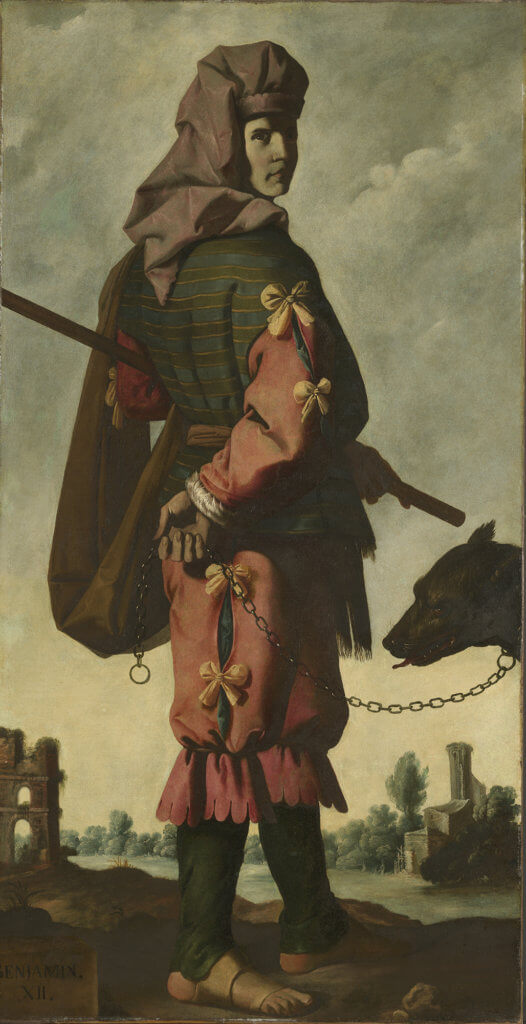
The fate of the completed paintings is murky. It is assumed that because it was resurfaced in 1720th England, that the portraits were seized by the sea pirates and later sold to a Jewish merchant James Mendez. In 1756 the whole series but one painting of Benjamin was acquired by Bishop Richard Trevor of Auckland Castle, County Durham. Bishop Trevor was a strong proponent of the Jewish Naturalization Act of 1753. When the Act was reversed after a year of popular protests, Trevor purchased the series for the Long Dining Hall at Auckland Castle. There it was hung as an objection to the prevailing political views and a reminder of the common history of humanity.
Nowadays in 2010 Zurbaran’s masterpieces were again in danger of being sold piece by piece at an auction. Once again it was rescued by a philanthropic financier Jonathan Ruffer. The series is part of Auckland Project which is now a world heritage center. While the castle is being closed for renovation, the series is traveling to America as it was originally intended by its author. It was exhibited at the Meadows Museum in Dallas and is now on view at the Frick Museum in New York City.
Dates: January 31 – April 22, 2018
Venue: The Frick Collection, 1 East 70th Street, New York, NY
